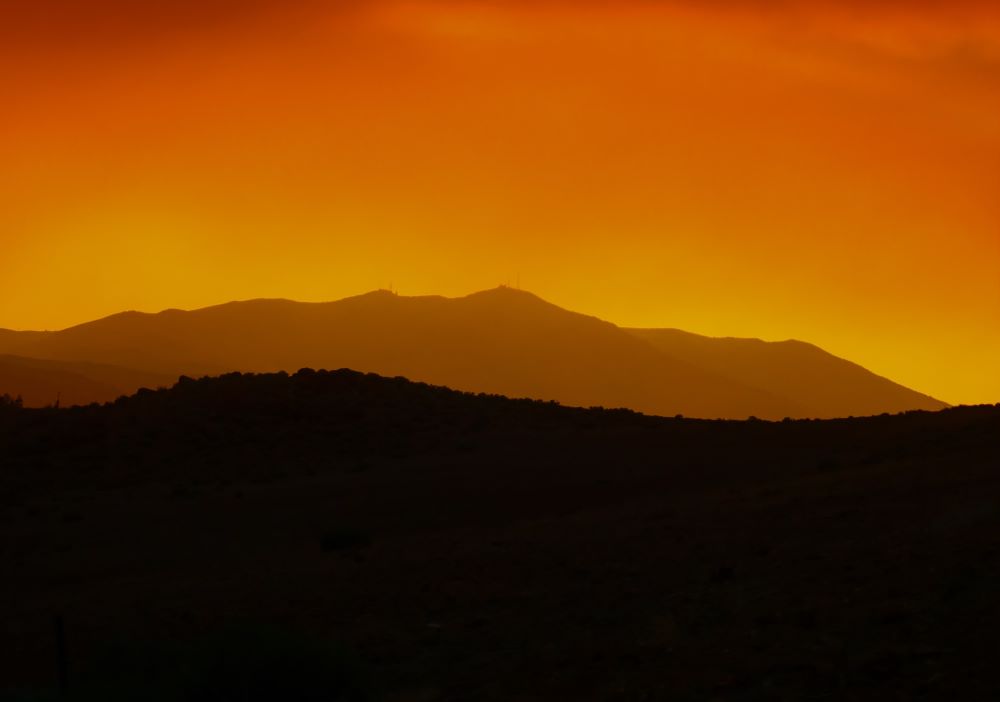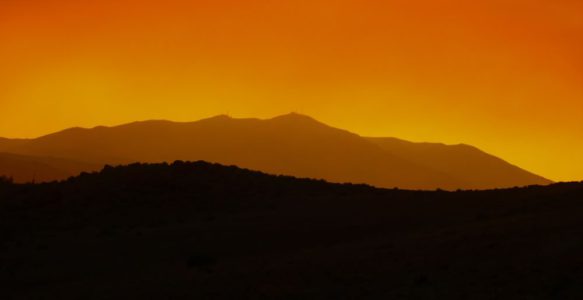This article originally appeared in the Los Angeles Times.
Driving around parts of southern El Dorado County, you can’t miss the trucks. Everywhere near the areas ravaged by the 2021 Caldor fire that leveled the community of Grizzly Flats, you see semis hauling trees and Ford F-150s with their company logos.
Residents could understandably wonder: Who is paying for all this work? And who is profiting from it?
It’s mostly the federal government and insurance companies writing the checks, meaning taxpayers and insurance customers are footing the bill. The Federal Emergency Management Agency has provided access to more than $78 million in grants for emergency and permanent work, which includes debris and hazardous tree removal, emergency protective measures and restoring public infrastructure in the fire-ravaged areas.
To get government crews to clear ash, debris and hazardous trees off their land, property owners are required to sign a right-of-entry form that requests insured residents file a claim and agree that any proceeds of those claims go directly to the government, and in some cases the proceeds from debris removal may go to the private companies doing the work.
Take logging, for example. Logging in federal and state parks is prohibited, and it is cost-prohibitive on residential property. Taking a single tree down can cost thousands of dollars. When a wildfire sweeps through an area, however, the burned trees that remain present many hazards, such as risk of falling on power poles or structures after the tree dies or the risk of adding fuel to another fire. As part of the debris removal process, these hazardous trees are removed.
But determining which trees pose a hazard is entirely at the discretion of the government. Property owners waive all rights and claims to trees on their property by signing the form. This includes, as the form states, “non-fire damaged trees.” Trees, whether healthy or dead, are loaded onto trucks and transported to mills. This is referred to as “salvage logging” and is a controversial practice.
For more, visit the Los Angeles Times.



